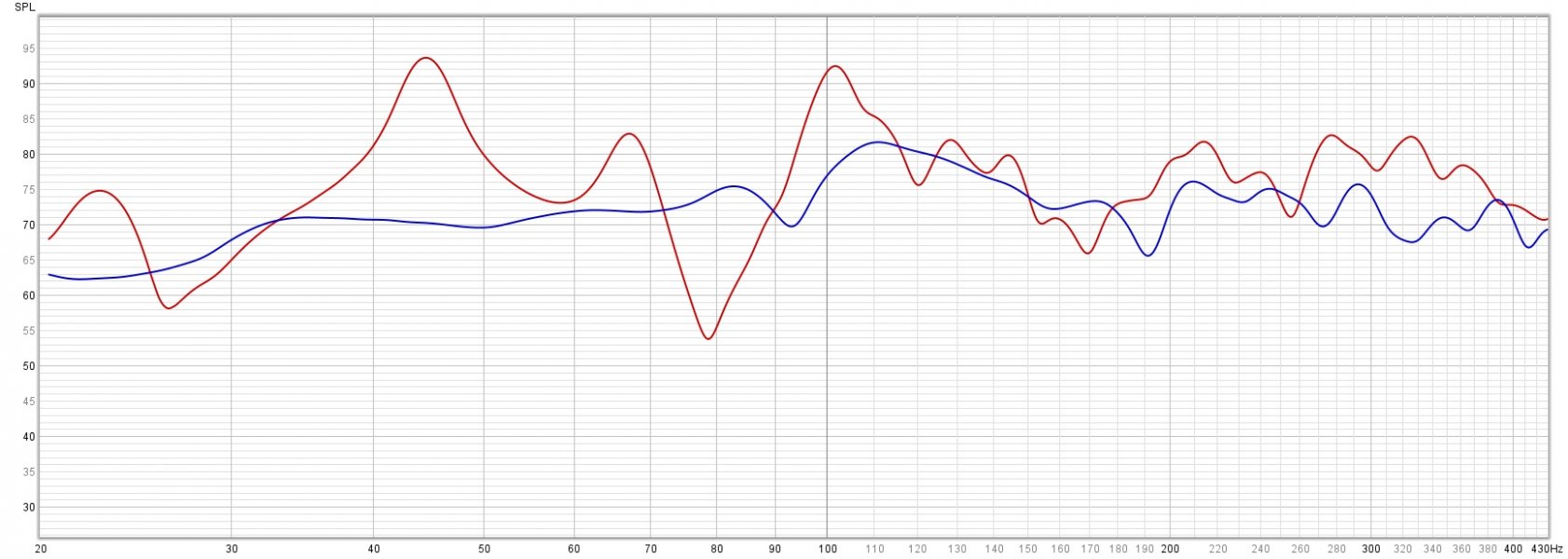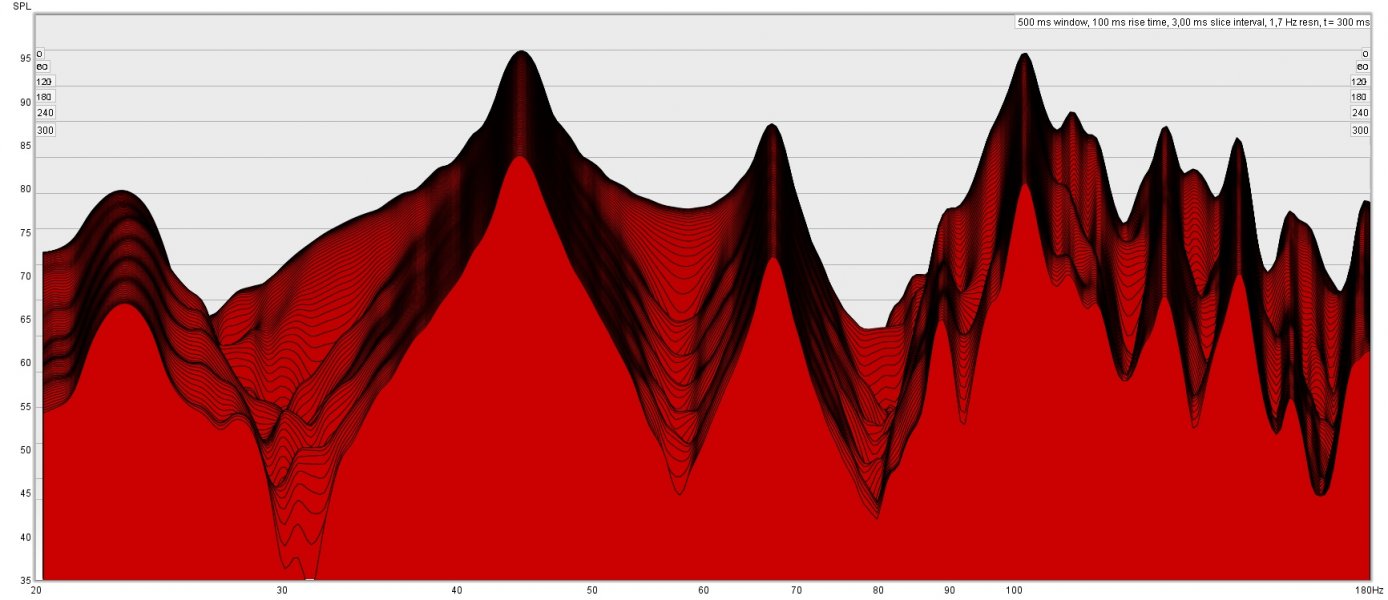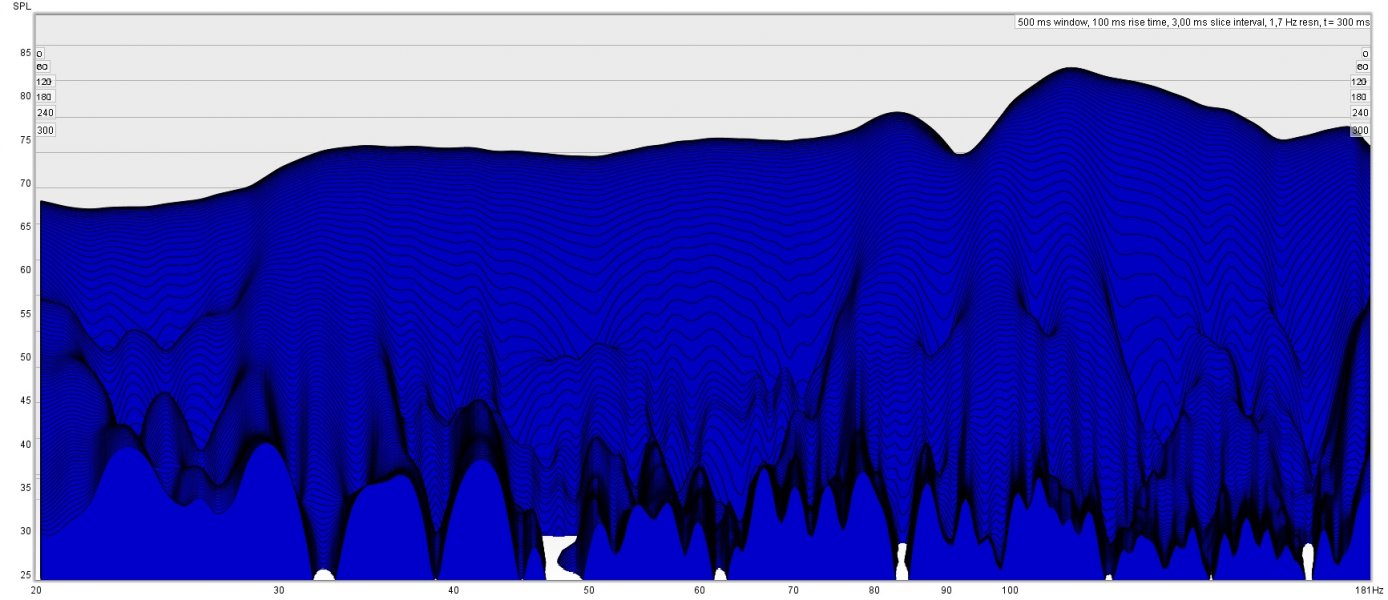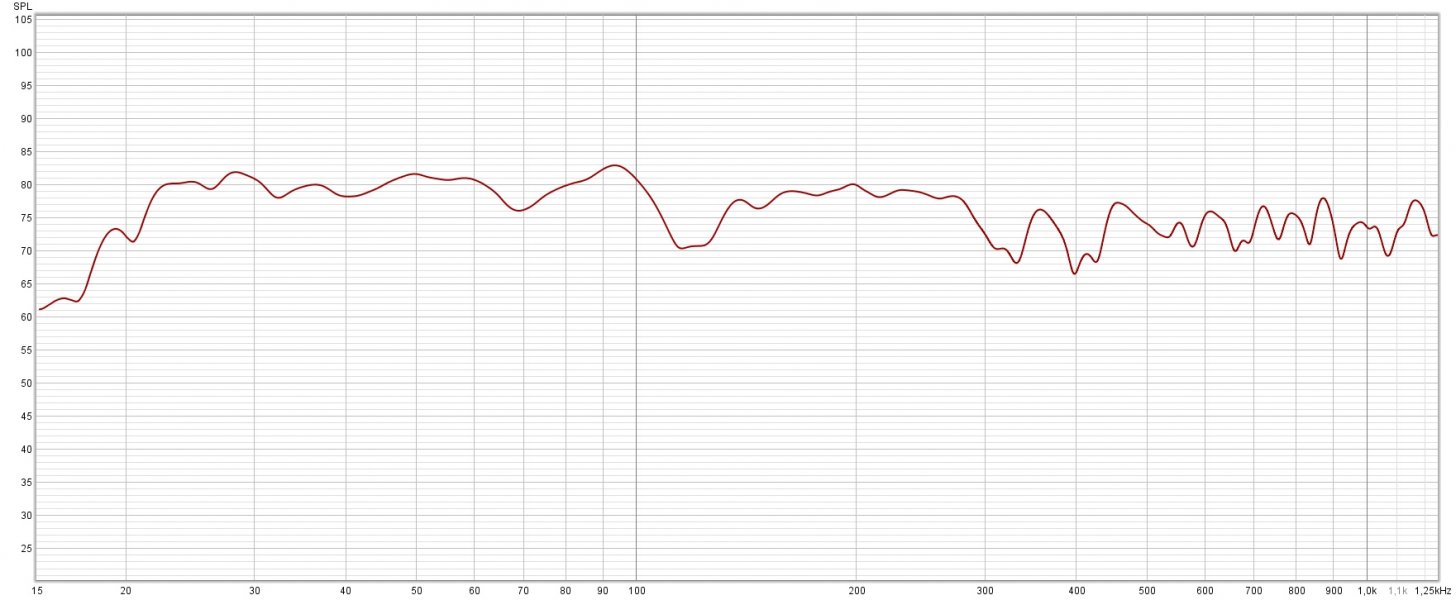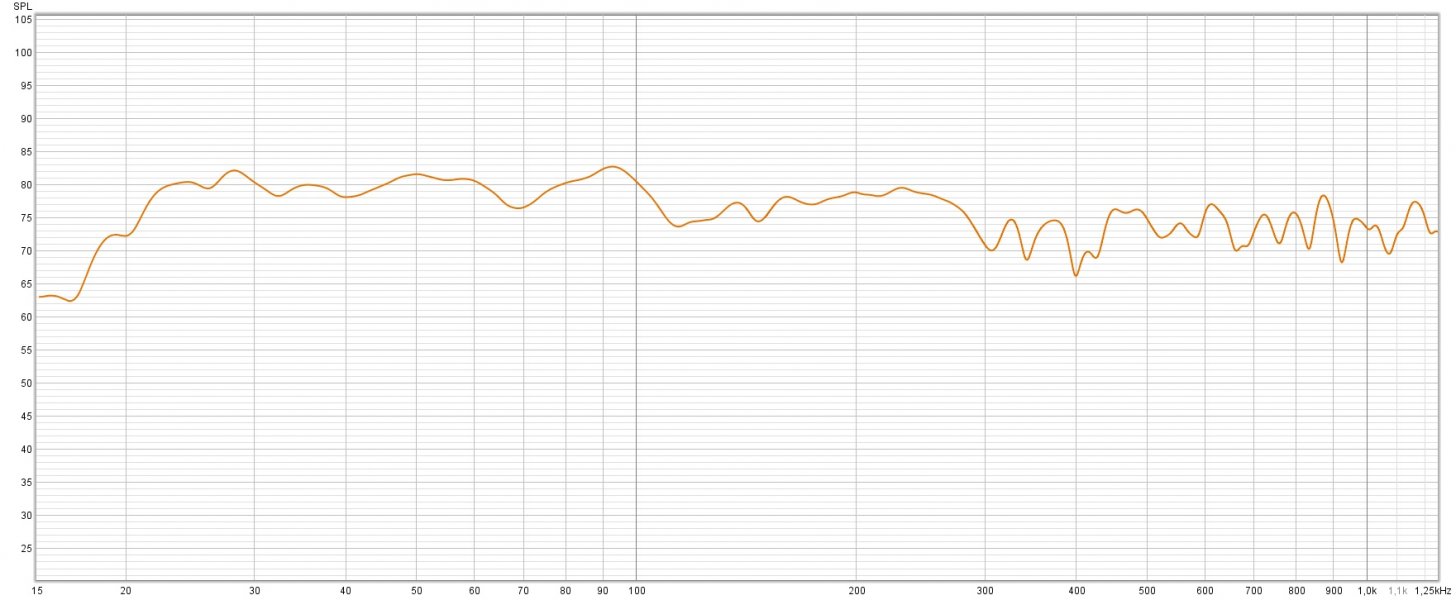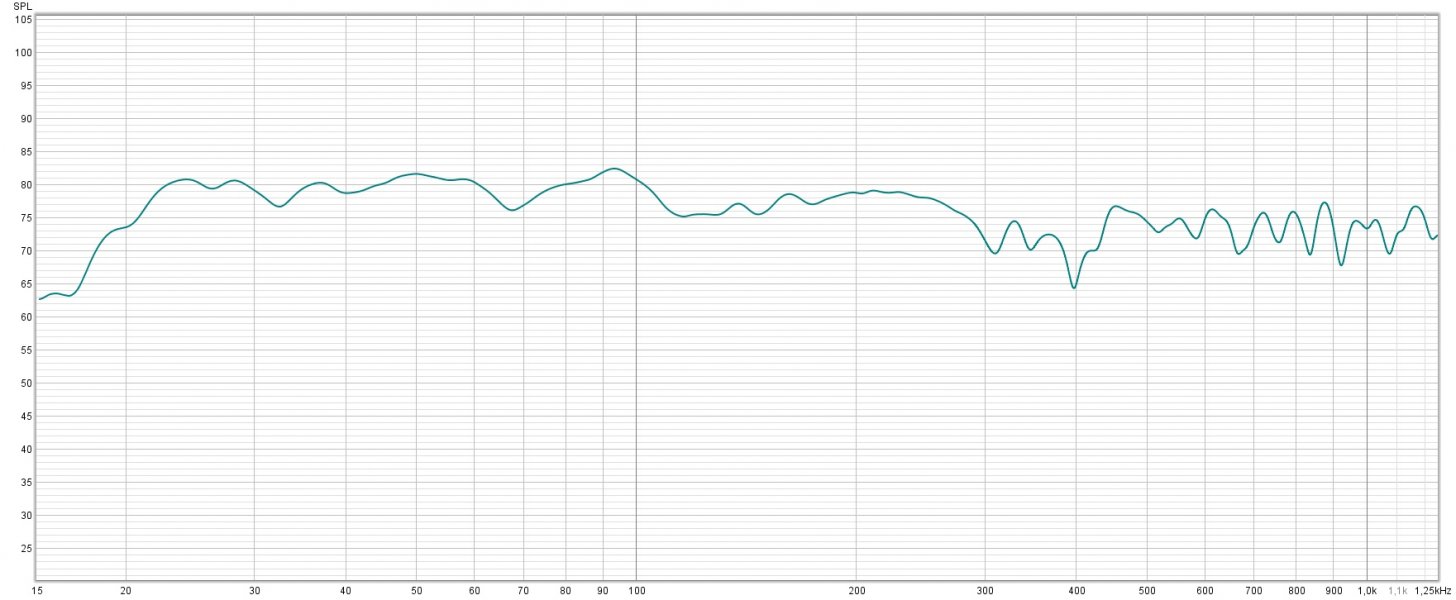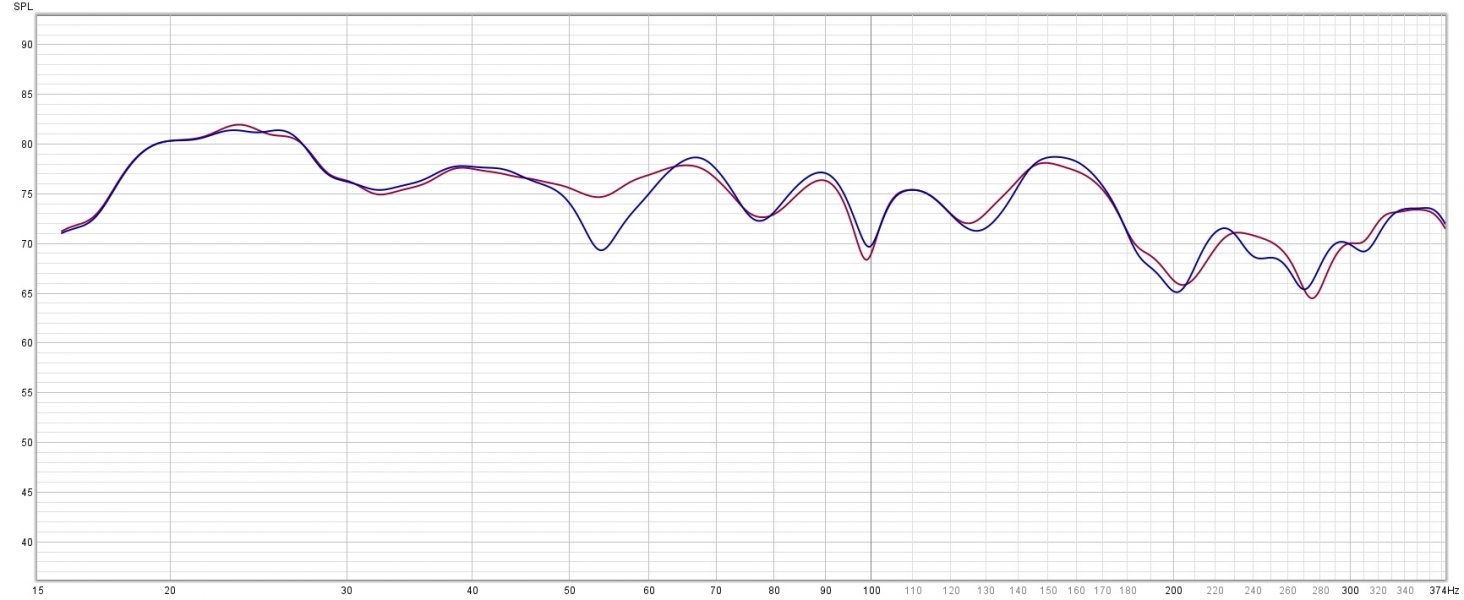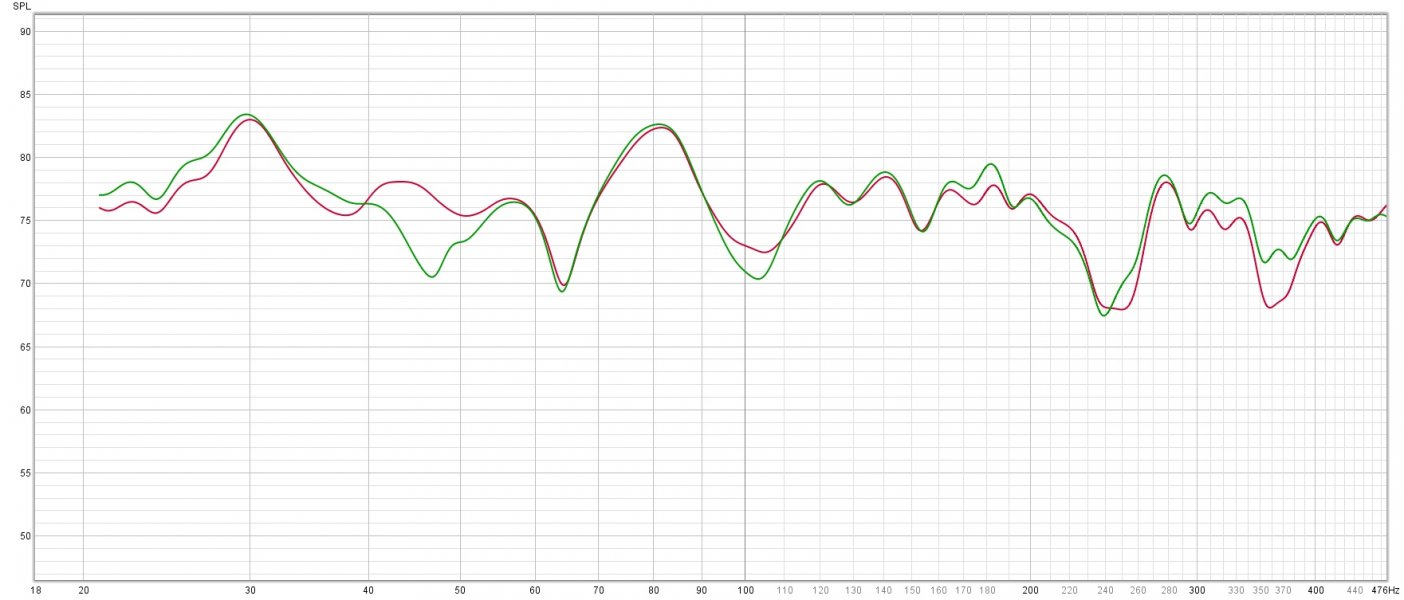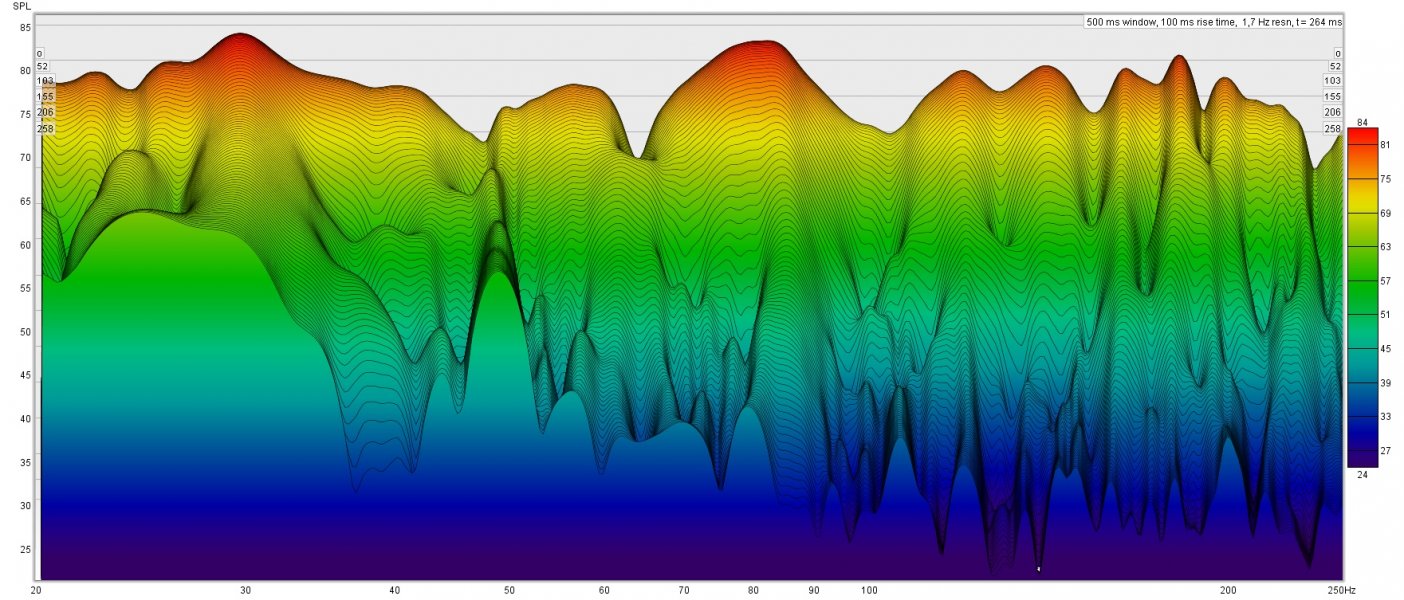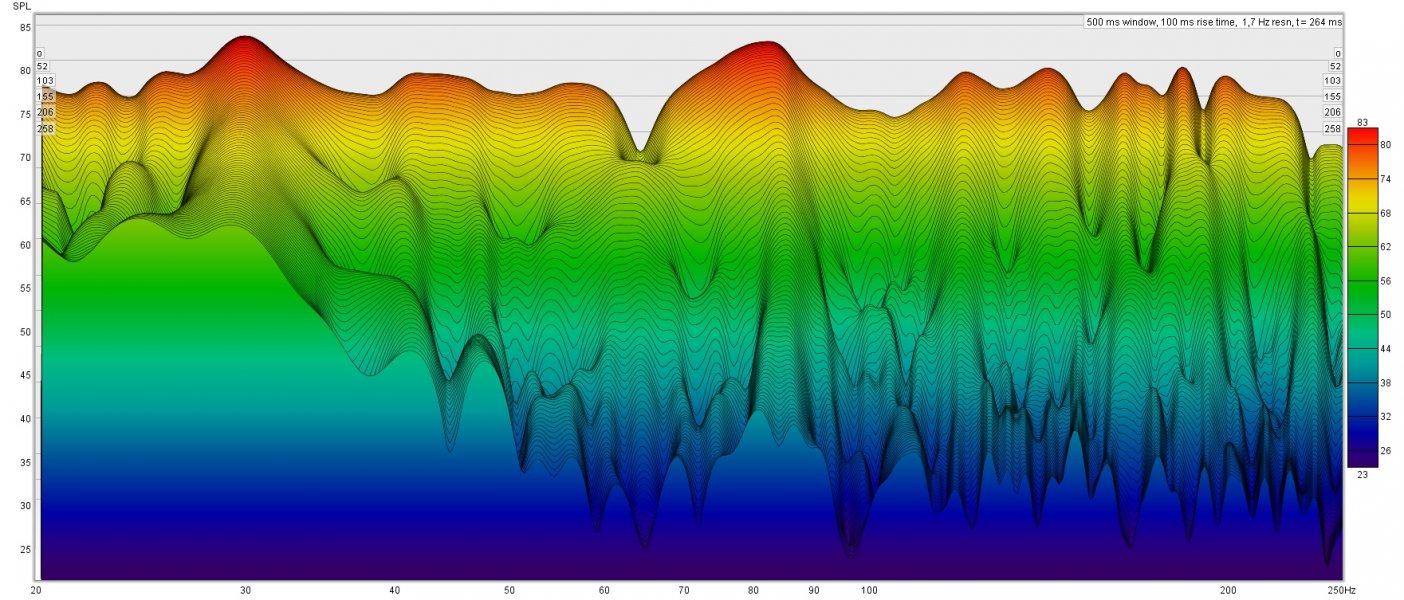Did you see the long video of Jim setting up Mike's system (of Sun Coast Audio) in his own home? He set up Mike's Avantgarde Mezzo XD speakers (very similar to my own Duo XDs) and I'm 99% sure there were no subs involved apart from the bass enclosures that are part of the AG system. I'm also 99% confident that no DSP would be found in the system, apart, from the XD software built into the AG's bass enclosures. By all accounts, reported many times on the AudioShark forum, Mike's system delivered sound that most listeners considered the best they'd ever heard - anywhere.And as far as Jim Smith is concerned, you're once again incorrect. Jim uses a pair REL S-812 subwoofers in his own system, so... Not to mention he does the same with his clients systems if they have subs.
Whatever you claim, I consider there should be no need for external subs in well treated rooms if carefully-chosen first-class full-range speakers are properly set up and room treatment (often only domestic features such as carpets, curtains, etc) is attended to.
I am no more interested in measuring the response at my listening position than I would when sitting in a live performance venue. For me, if the sound from my own system is as close to a live performance as it is (though no doubt a little less so than Mike's after Jim had worked his magic), I am more than happy not adding extra speakers and with no signal messing in a vain attempt to get them sounding better.
Others with less able speakers may well find that extra speakers need to be added, but that has extra complication and much more difficulty in setting up. I prefer a simple system that avoids this unnecessary complication.
We obviously have diametrically opposite views on this matter, so perhaps we should leave it as stalemate! Good to talk and compare thoughts though.













